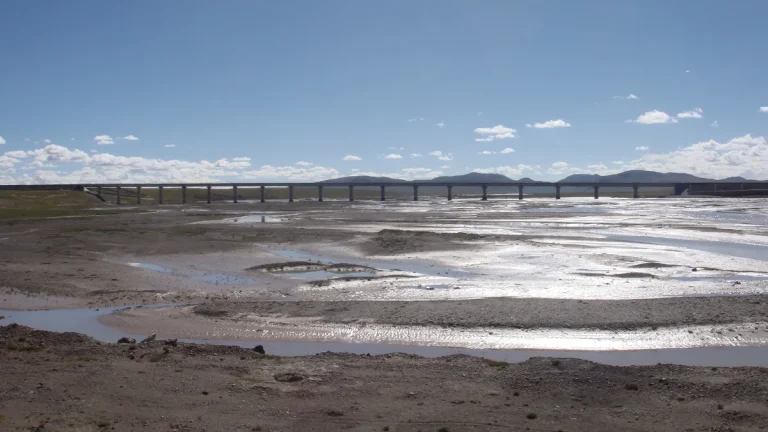Quantum teleportation proves viable on the existing Internet structure
Scientists have teleported quantum data over a live public internet connection, with quantum signals sharing space with high-speed classical traffic. This is the first time quantum teleportation has worked outside of isolated lab conditions. The experiment proves that quantum communication can run on the same fiber that powers the internet today.











